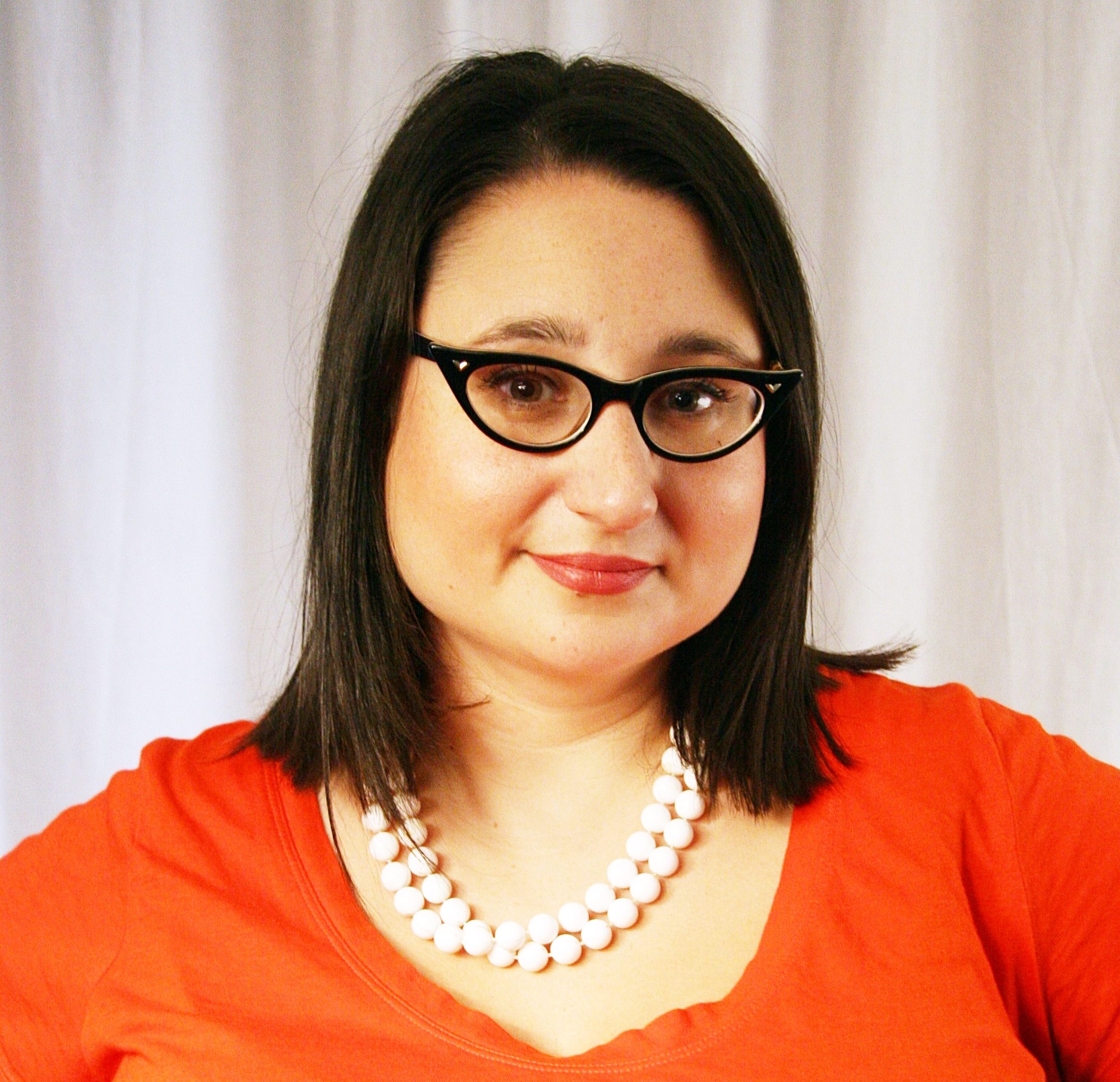Netflix knew exactly what it was doing when it dropped eight episodes of Tidying Up with Marie Kondo on New Year’s Day. So many of us make new year’s resolutions with the best intentions, but a few hours into 2019 are more likely to find ourselves parked in front of the TV than making any meaningful changes in our lives.
But what’s almost as satisfying as kickstarting the new year with a new you? Spending hours watching other people get their lives together, with the help of Kondo, a bestselling author and organizing expert.
HGTV fans, be warned: This isn’t your typical home makeover show. Rather than the usual formula of an expert coming to a house, sending its residents away, and then doing a big reveal of the transformation, in Tidying Up, the people are the ones doing the work. Instead of a new professional wardrobe or midcentury modern living room, Kondo brings her organizing skill set, which she teaches the participants in the show — along with empty boxes to help them with the process of sorting through their belongings.
And don’t expect a spinoff of Hoarders — the people featured in Tidying Up have, for the most part, houses that look, well… normal. That’s part of the appeal of the show: They’re just like us and, with Kondo’s help, manage to put in the work to improve their lives themselves.
Many of those featured in the show specifically mention that having a cluttered home causes them stress and anxiety, which filters down to other aspects of their lives. As a result, though Kondo’s outward function is as a home organizing guru, she quickly becomes a de facto life coach and quasi-therapist, helping people gain control over everyday stressors.
“The ultimate goal of tidying is to learn to cherish everything you have so you can achieve happiness for your family, so that you can live comfortably,” Kondo says in the first episode. And there’s more wisdom where that came from. Here are four other things we can learn from Tidying Up.
Recognize what brings you joy
If you already knew one thing about Kondo before watching the show, it’s probably her philosophy of only holding onto items that “spark joy.” While great in theory, what does it actually mean?
In the first episode of Tidying Up, Kondo explains that when you hold an object that sparks joy, your body reacts physically and you’ll experience a warm and positive feeling, similar to cradling a puppy. Will my high school gym shirt give me the same feeling as holding a puppy? Nope — hello, donation pile!
Categorizing can be helpful
Our brains are wired to categorize things, so using that technique with objects in our homes can make them feel less overwhelming. Kondo breaks items into five categories: clothing, books, paper, miscellaneous (including stuff in the bathroom, kitchen and garage), and those with sentimental value.
Once you’ve sorted through and categorized everything (or even just some of the things), you’ll have a better idea of their purpose (or lack thereof) and how (or if) they belong in your life. It is a solid, feasible first step.
Things may look worse before they get better
Part of Kondo’s system is getting people to acknowledge everything they have accumulated. This means instructing people to empty out closets and drawers and making giant piles all of their clothing, papers, books and kitchen items — and that gets messy.
These massive piles of stuff are intimidating and make the houses look worse than they did when Kondo first walked through the door. At that point, you just have to trust her method and that once you follow through and complete the rest of the organizing steps, things will get better.
“Only when you are confronted with how much you actually have do you realize what you need to do,” she says. Which leads us to…
Having an end in sight is reassuring
In an episode featuring a married couple with two young children, the mother, Rachel, expresses that much of her anxiety stems from being overwhelmed by the clutter in her house. During the part of the process where she is faced with all of the items in her kitchen — piled up on the counters — Rachel says that despite the mess, her anxiety is not especially high.
“Knowing that something might get done — even though it’s not done yet — is nice,” she says, versus not having something done and having no idea when it might be finished.
2019 may be just beginning, but spending a few hours with Kondo (even via Netflix) is a calming and hopeful way to start the year.
Follow us here and subscribe here for all the latest news on how you can keep Thriving.
Stay up to date or catch-up on all our podcasts with Arianna Huffington here.


